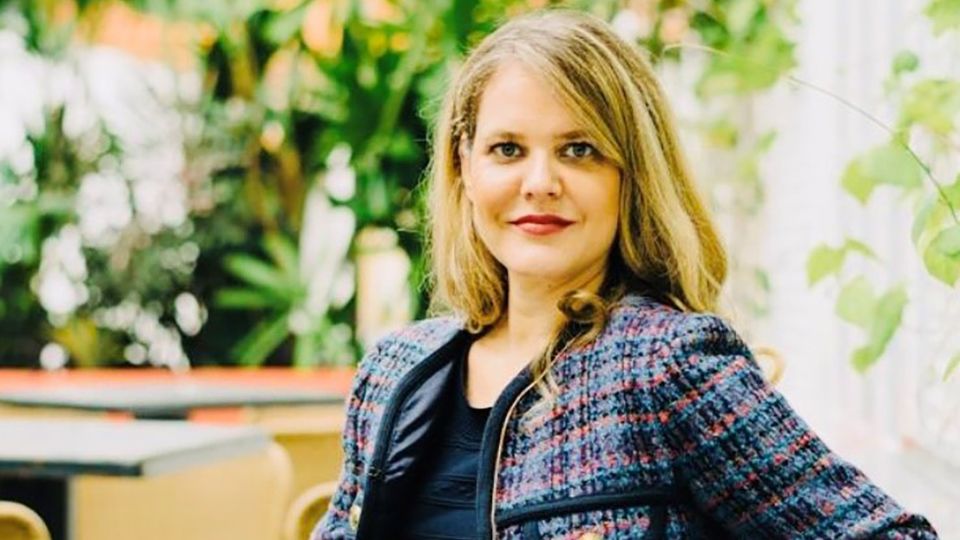Interest in sustainable investing is high and the investment industry must step up to meet this demand.
Our Sustainable Banking Report 2022, developed in partnership with PwC, found more than 90% of 3,000 investors we surveyed want to allocate funds into sustainable investments. We calculated that in just 10 growth markets, this could translate into $8.2trn of AUM in sustainable investments by 2030.
Climate change and carbon emissions emerged as the top area that investors wanted to impact, which means greater availability for high quality climate-themed funds, for instance, can channel a huge amount of capital to bridge the transition finance gap.
Investors in China have the most transformative power, with a potential to put $6.2trn into sustainable investments. From China to African markets, there continues to be investor interest in these growth markets amid the current challenges in the macro environment and market volatility. Investors in Kenya and Nigeria can potentially mobilise $19bn and $198bn respectively through sustainable investments by 2030. Climate change is again one of the top ESG priorities for investors in these African markets, signalling the potential to harness their capital towards transition finance.
The international financial hubs of Singapore, Hong Kong and the United Arab Emirates will continue to be a source of investment capital, given their infrastructure to ramp up the availability of sustainable investments.
This is very good progress towards a more sustainable world economy. But to translate interest into impact, we need to provide investors with more options to meet demand and help remove the barriers holding them back from doing more. Investors also cite lack of clear information, perceived trade-off between returns and impact, a lack of transparency and personalisation as some of the issues holding them back.
Different types of investors
It is also important to remember that investors are not homogenous, and different investor personas have specific goals, motivations and barriers. We identified five different personas through our investor study – the young professional, the entrepreneur, the family person, the legacy builder and the retirement ready.
While each persona has a distinct life goal and experiences different motivations and barriers, they share some common characteristics. Financial considerations are a common and recurring theme. Most personas want to “achieve or maintain their financial independence”, while all personas find “perceived low returns/higher risks” to be a key barrier.
However, there are also distinct differences between them. The legacy builder and the young professional are driven by the potential of sustainable investments to “hedge against ESG risks”. However, the other three personas look for their investments to be able to “make a positive impact”.
Most personas express that access to opportunities and the lack of information to assess the impact on ESG issues are common problems. However, the young professional in particular finds overwhelming information to be an issue that leads to “ambivalence or fatigue”. The legacy builder is sceptical about the impact on ESG, the retirement ready deems the “lack of personalisation” of sustainable investment products to be a barrier.
Because the capital that retail investors hold can be transformational in meeting many ESG goals in growth markets, the finance industry must pull together to make sure we reach the right solutions.




